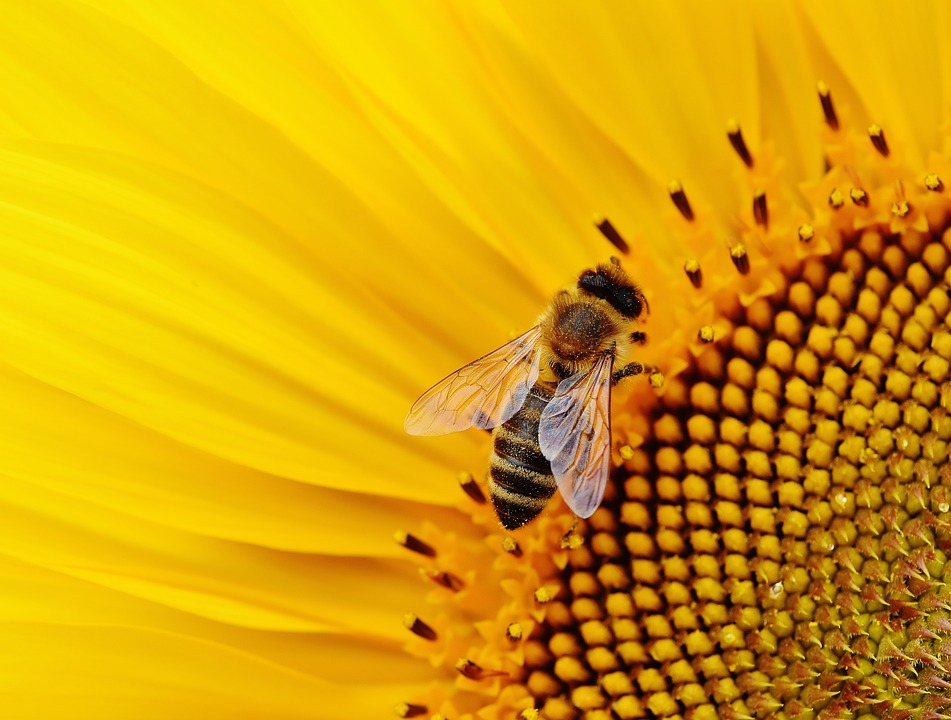Organized bear tours with a wildlife company are an excellent way to observe these magnificent animals in a safe and informative manner. If you’re embarking on a tour with a qualified wildlife guide, you might hear some unfamiliar terms, so before you set off, be sure to brush up on your bear vocabulary.
Adaptation Adaptation is a biological process in which a species gradually becomes better suited to its environment. Like most plants and animals, bears have adapted to their individual environments, and they have specialized features that help them make the most of their surroundings. For example, the polar bear has evolved over thousands of years to adapt to its frigid surroundings with its broad claws, thick blubber, and white fur.
habitat – During bear tours, you are walking through the bear’s habitat, its natural habitat and ecological environment. For example, deciduous and coniferous forests are home to the black bear, and the edges of the Arctic ice pack are home to polar bears.
Hide – On most bear tours, you’ll spot the animals by their skins (sometimes called blind in North America). A bunker is a shelter used to observe wildlife at close range. They are usually camouflaged to blend in with the animal’s observed environment. The cover is somewhat similar to a garden shed – usually wooden, with small holes or shutters built into the side to enable observation. Some hides, especially those designed for bird watching, are very simple – maybe just a wooden screen. Bear skins are sturdier, and some even have toilets and beds inside to spend the night.
the world of nature Most bear tours are led by a qualified naturalist, an expert in areas of natural history such as zoology or botany. A naturalist will have spent many years studying plants and animals in the wild.
ranges Range is the geographic area commonly inhabited by a species. For example, the Grizzly Bear’s range includes Alaska, southwestern Canada, and parts of the northwestern United States. On the other hand, a bear’s home range is simply the area in which an individual animal lives, hunts, and mates with during its lifetime. The size of an animal’s home range is affected by available food, mates, time of year, and the animal’s age and size.
subspecies – You may be overwhelmed by the huge and diverse bear family, but remember that there are only eight species of bears: the black bear, the brown bear, the polar bear, the Asiatic black bear, the sloth bear, the sun bear, and the giant panda. All other bears, such as the Grizzly Bear or Spirit Bear, are subspecies of an already existing species.
province Sometimes, some bears may show aggression to defend their territory, an area of their habitat that they claim to dominate. Territory can be defended for courtship and feeding rights, or, in the case of females, for breeding.
On bear tours, as with any wildlife tour, it helps to have a little knowledge ahead of time. By using the right facts and phrases, you can get a richer and more informative experience out of observing these amazing animals.
